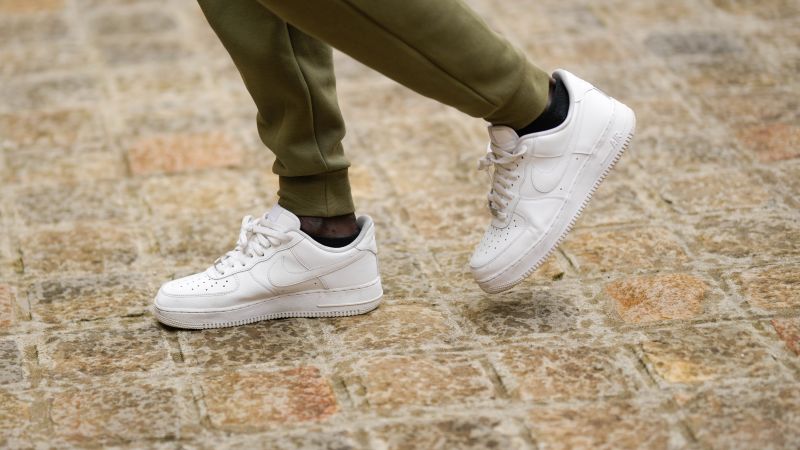Nike is addressing the widespread availability of its Air Force 1 and Pegasus sneakers by scaling back production to avoid discounting and make room for newer lines. These classic sneaker lines are staples of Nike’s lineup, known for their all-white design and large Nike swooshes on their mid-sole. Nike wants to protect its premium brand image by selling products at full prices and preventing heavy discounting, so it is reducing supply of these classic lines to stimulate demand and push shoppers toward newer, higher-priced models like the Air Max and updated Pegasus products.
According to Nike’s finance chief Matthew Friend, the company is shifting its product portfolio towards newer lines by pulling back supply of the Air Force 1 and reducing supply of the Pegasus. This decision may result in traditional white Air Force 1 sneakers and Pegasus versions becoming harder to find in stores. While loyal Nike customers are expected to transition to other Nike shoes, sneaker collectors who focus on limited-edition and special collaboration lines may not be significantly impacted by the supply cutbacks. Nonetheless, the success of Nike’s strategy will depend on how well consumers respond to the new styles introduced by the company, and it is projected to impact sales in the upcoming fiscal year.
Nike’s move to decrease supply of its classic sneaker lines is being made in the context of a consumer slowdown in the discretionary goods market and increased competition from emerging running brands like Hoka and On. The changing consumer behavior towards prioritizing basics and experiences like concerts and travel over expensive sneakers and athletic clothing has led Nike to adjust its revenue outlook and seek cost savings to mitigate the impact of slowing sales. In addition to consumer slowdown, Nike is also facing competition from Hoka, a French brand known for its chunky insoles that has gained popularity even among mainstream consumers, as evidenced by President Joe Biden wearing a pair of Hoka sneakers recently.
As a response to evolving consumer preferences and increased competition, Nike has also shifted its distribution strategy in recent years. The company has reduced the number of traditional retailers it sells to and focused on growing directly through its own channels, particularly online. Nike has emphasized the profitability of selling goods through its website and physical stores compared to wholesale partners. By concentrating resources, marketing efforts, and top products on selected retail partners like Dick’s Sporting Goods and Foot Locker, Nike aims to strengthen its brand presence and adapt to changing market dynamics. Despite the challenges posed by the consumer slowdown and competition from new brands, Nike’s strategic decisions reflect its commitment to maintaining its position as a leading athletic footwear and apparel company.


